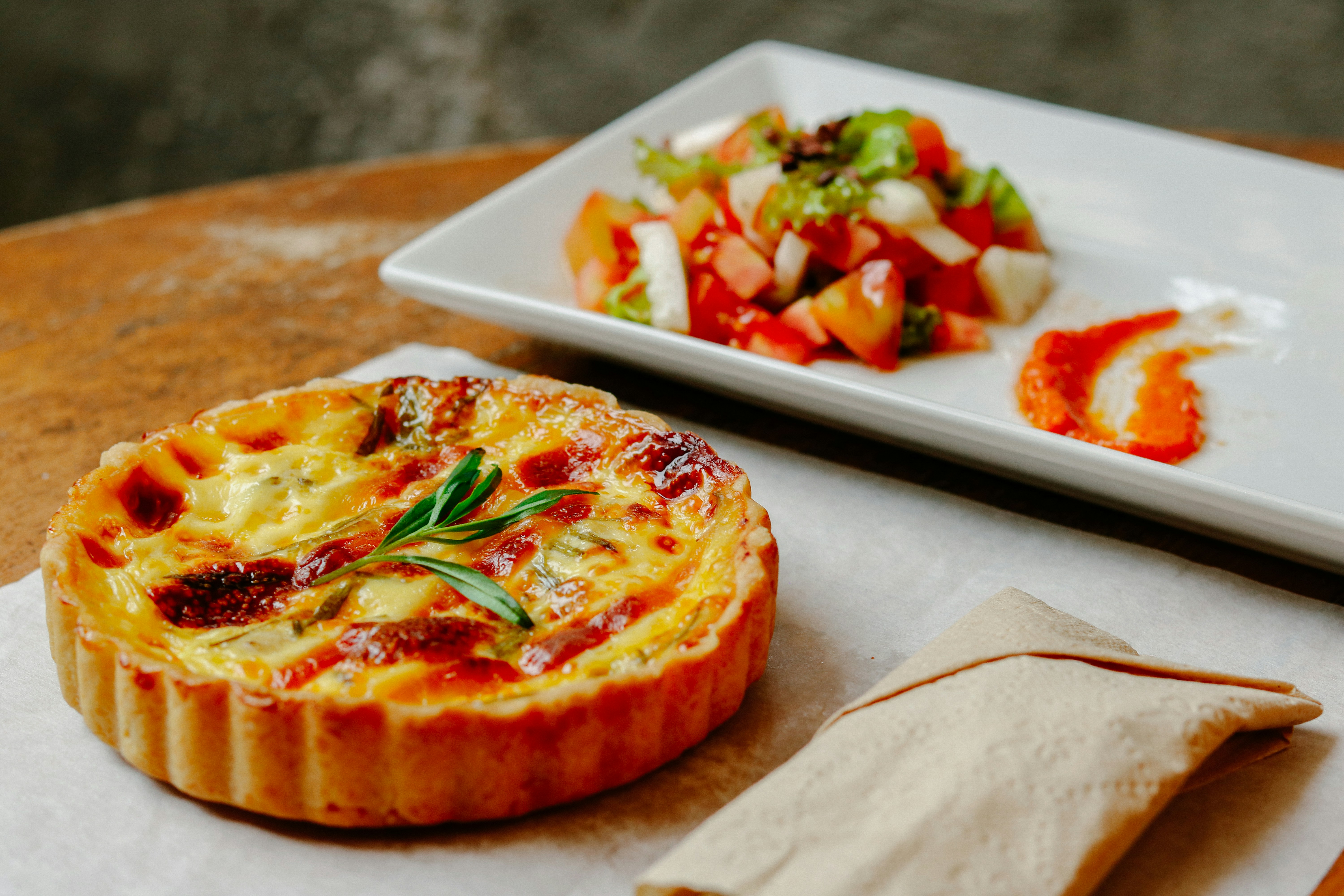Moroccan Cuisine: A Marvel of Spices & Flavors
Moroccan cuisine is a delightful fusion of cultures, flavors, and techniques that make it an exciting culinary adventure. Discover the rich, vibrant Moroccan dishes, their unique preparation methods, and the cultural significance behind each recipe as we embark on this delicious journey.
An Introduction to Moroccan Cuisine
Moroccan cuisine is a harmonious blend of Berber, Arabic, Andalusian, and Mediterranean culinary influences with a dash of European and Sub-Saharan flavors. Known for its robust, aromatic spices and diverse ingredients, Moroccan food offers a gastronomical experience that is both comforting and exotic.
The Role of Spices
In the world of Moroccan cuisine, spices play an integral role. Coriander, cumin, saffron, chilies, dried ginger, cinnamon, and paprika are some of the staples found in a Moroccan pantry. They do not merely add flavor but also offer health benefits.
-
Coriander: Aids digestion and has anti-inflammatory properties.
-
Cumin: Rich in iron and promotes digestion.
-
Saffron: Known for its antioxidant properties.
Signature Dishes to Try
Every Moroccan feast begins with a spread of salads followed by a tagine or couscous. The slow-cooked tagine, named after the conical earthenware it’s cooked in, is a savory stew made of meat, poultry, or fish with veggies and aromatic spices. Couscous, on the other hand, is a fine wheat pasta that’s steamed and usually served with a meat or vegetable stew.
The Art of Moroccan Bread Making
Bread is an essential part of every Moroccan meal. The traditional Moroccan bread, known as Khobz, is made from durum wheat semolina. It’s round in shape and has a coarse texture. It is usually served with tagine, harira (soup), or used to scoop up food.
The Moroccan Tea Culture
Moroccan mint tea, also known as Moroccan whiskey, is more than just a drink—it’s a sign of hospitality, friendship, and tradition. Made from green tea, fresh mint leaves, and a generous amount of sugar, it’s served throughout the day and after meals.
A Few Quick Bites
-
Ras el Hanout: A spice blend that literally translates to “head of the shop” and represents the best a spice shop has to offer.
-
Harira: A hearty soup made of lentils, chickpeas, and meat, traditionally served during Ramadan.
-
Bastilla: A sweet and savory meat pie, a classic of Moroccan cuisine.
As we finish our culinary journey through Moroccan cuisine, we hope you are inspired to explore these flavors in your kitchen. The unique blend of spices, the depth of flavors, and the cultural significance of Moroccan dishes make them a delight to cook and a pleasure to eat. So, the next time you’re in the mood for a culinary adventure, we recommend giving Moroccan cuisine a try. You won’t be disappointed.






